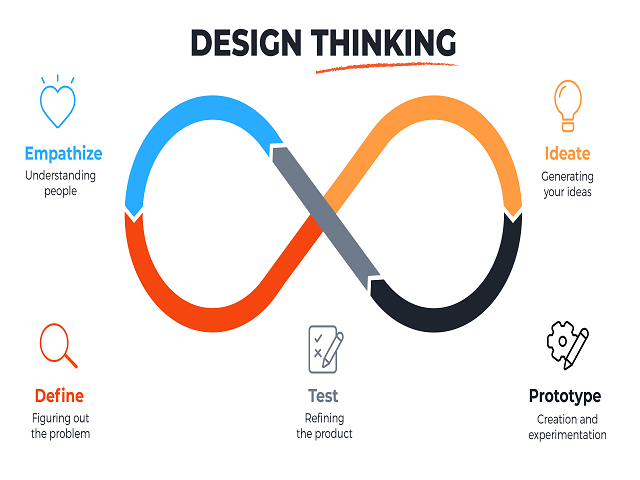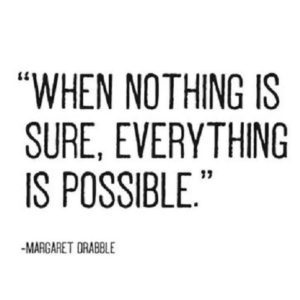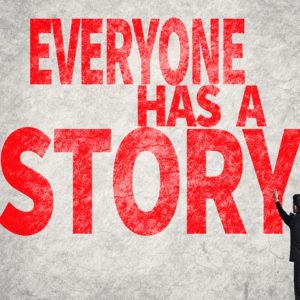Consumers – and the stories we tell them – are constantly evolving. We all know very well that consumer trends are evolving faster than ever before. Today’s consumers are bombarded with information every moment, and his attention span has deteriorated rapidly.
In this current context, how do we win the consumer’s attention, at the first available option and keep him sufficiently engaged with our platform is the big debate. A good content strategy employs a process that is extremely similar to the Design Thinking process of learning about users’ needs, identifying patterns and insights, and designing potential offerings in response to findings from viewer / reader research. We all agree and regularly deliberate on the need for developing a user-centric approach while designing and developing content.
But the larger question is how do we cultivate design thinking as an organisational culture across levels to drive innovation and provide an edge to our content strategy?
Design Thinking is not prerogative of only designers or UI/UX professionals —all great innovators in literature, art, music, science, engineering, and business have practiced it. It is an iterative process in which we seek to understand the user, challenge assumptions, and redefine problems in an attempt to identify alternative offerings that might not be instantly apparent with our initial level of understanding.
At the heart of Design Thinking is the intention to improve products by analysing and understanding how users interact with products and investigating the conditions in which they operate.
Empathy. Ideation. Collaboration. Iteration. These are the typical terms in everyday conversations of an organization wanting to imbibe ‘Design Thinking at Work’. As simple as these words may sound, the challenge is how do you build a Design Thinking culture and make it a seamless process driven content strategy in a media organization which will have a mix of content creators from diverse backgrounds. How do we develop the capability to empathize with needs of potential users to build meaningful engagements? How do we build a culture of test solutions and work on feedback loops? How do we inculcate a collection of hands-on methods for content creators across levels?
When a company chooses to implement a fundamentally new initiative, like embedding design thinking, the success of such an initiative is not simply going to be a product of training and development. Nor will it be dependent on how management mandates people what to do and following up, nor is it a product of some new reward system. Implementing a discipline like design thinking will be successful only if it fits in with the organizational culture, even when that means unseating some elements of the current culture with elements drawn from design thinking.
Easier said than done – right? But not impossible!




